Hosts Brain Tissue
Host Brain Tissue (HBT) is an advanced, biologically based tissue engineering material that is being tested as a potential tissue-engineering scaffold for tissue engineering applications. It has been developed to provide a three-dimensional (3D) scaffold with the properties of mechanical and structural support, quality cell adhesion, and controlled biocompatibility. HBT is composed of a 3D nanostructured polymeric matrix made up of polyethylene glycol (PEG), synthetic polymers, and natural polymers. This scaffold allows for the growth of different cell types, such as neurons and glia, while supporting and maintaining the cellular architecture. Given its 3D structure, HBT offers several advantages compared to other scaffolding materials for tissue engineering. One benefit is its ability to provide a mechanical support for the growing tissue; HBT’s strength enables it to withstand the physical pressures exerted by cellular migration and proliferation. Additionally, HBT's surface architecture allows cells to attach and proliferate faster than other scaffolds. Its size and design can also be tailored to meet specific tissue engineering needs. Another advantage of HBT is its biocompatibility. HBT is safe for use in clinical applications, as it contains no toxic materials. It has been tested in a variety of tissues, such as nerve, bone, cartilage, and muscle, and found to be nontoxic in all cases. Furthermore, due to its compatibility with a variety of cells, HBT provides a semi-permeable structure for cell seeding and nutrient exchange. Finally, HBT's flexibility allows it to be used in difficult to access body cavities, such as the brain or cranial spine. In summary, HBT provides an advanced, biologically based tissue-engineering scaffold that offers several advantages over other scaffolding materials. It provides a three-dimensional structure that allows cell attachment and proliferation, mechanical support for the growing tissue, and biocompatibility for clinical use.
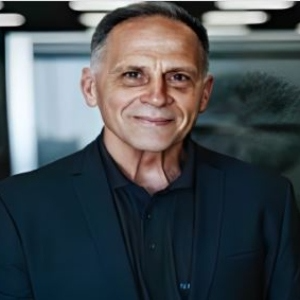
Ken Ware
NeuroPhysics Therapy Institute, Australia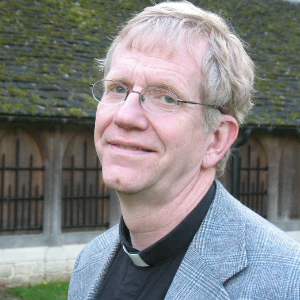
Robert B Slocum
University of Kentucky HealthCare, United States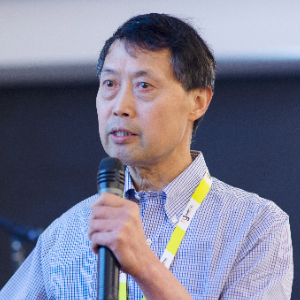
Yong Xiao Wang
Albany Medical College, United States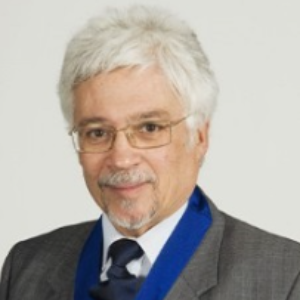
W S El Masri
Keele University, United Kingdom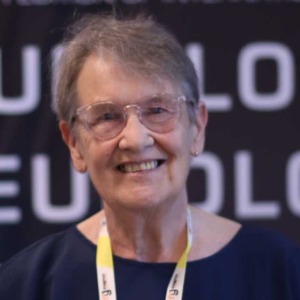
Jaqueline Tuppen
COGS Club, United Kingdom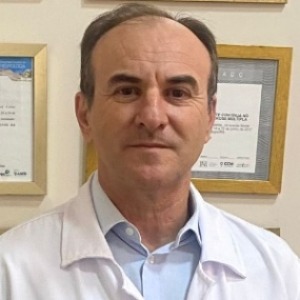
Milton Cesar Rodrigues Medeiros
Hospital Santa Casa de Arapongas, Brazil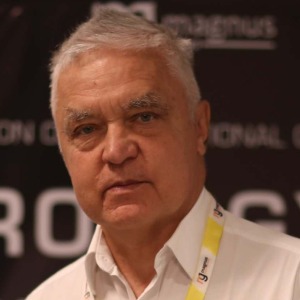




Title : Perception and individuality in patient cases identifying the ongoing evolution of Myalgic Encephalomyelitis/Chronic Fatigue Syndrome (ME/CFS)
Ken Ware, NeuroPhysics Therapy Institute, Australia
Title : Narrative medicine: A communication therapy for the communication disorder of Functional Seizures (FS) [also known as Psychogenic Non-Epileptic Seizures (PNES)]
Robert B Slocum, University of Kentucky HealthCare, United States
Title : Rabies: Challenges in taming the beast
Alan C Jackson, University of Calgary, Canada
Title : Neuro sensorium
Luiz Moutinho, University of Suffolk, United Kingdom
Title : Traumatic Spinal Cord Injuries (tSCI) - Are the radiologically based “advances” in the management of the injured spine evidence-based?
W S El Masri, Keele University, United Kingdom
Title : Personalized and Precision Medicine (PPM), as a unique healthcare model through biodesign-driven biotech and biopharma, translational applications, and neurology-related biomarketing to secure human healthcare and biosafety
Sergey Victorovich Suchkov, N.D. Zelinskii Institute for Organic Chemistry of the Russian Academy of Sciences, Russian Federation